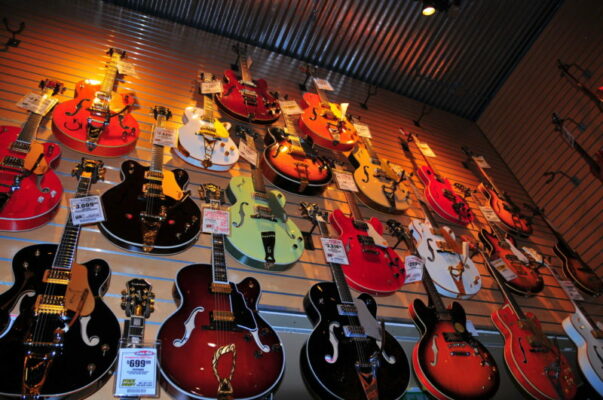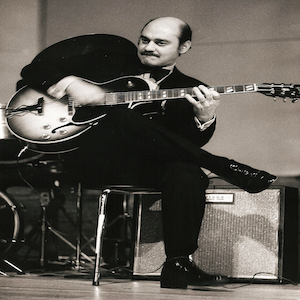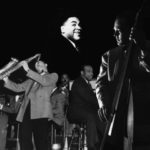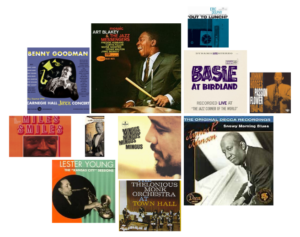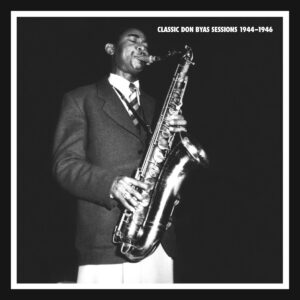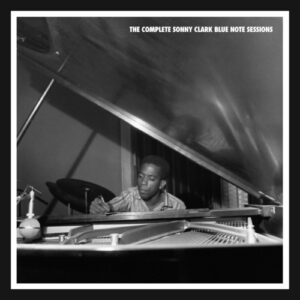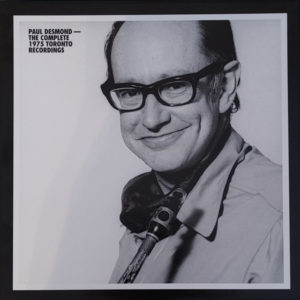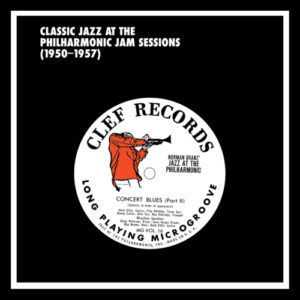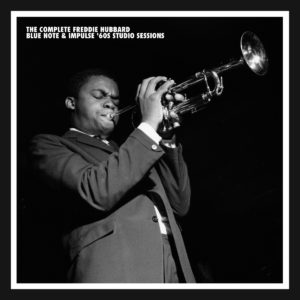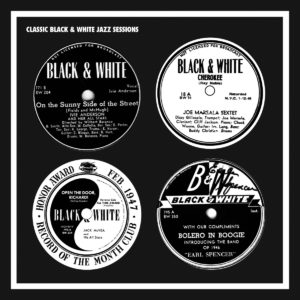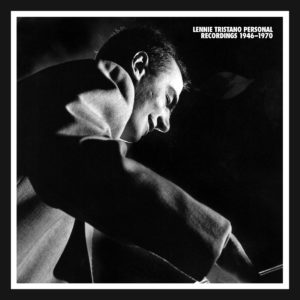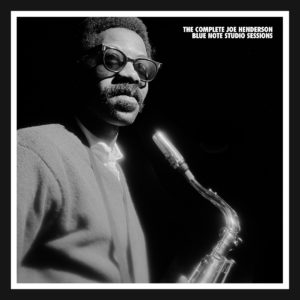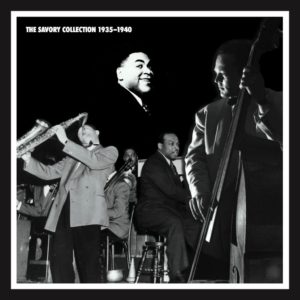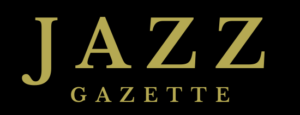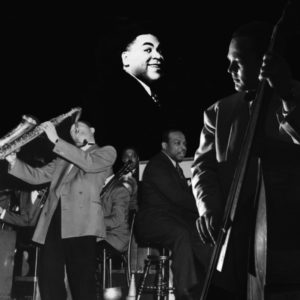Eddie Lang recorded a variety of guitar features, some solo, others with piano accompaniment, covering a wide gamut of musical styles; pop, jazz, classical, traditional, and blues. They are all a first of their kind, and the most significant recordings of the era to feature the guitar. These recordings established the jazz guitar as a solo instrument, something that until their release, was almost entirely unheard of in popular music and jazz.
Eddie was a jazz guitarist who delivered a contemporary voice and character. It could present a melody, project like a horn, and also perform unaccompanied. The quality of the sound he drew from the instrument was unlike any heard before or since; pure, bold, and commanding. In the studio his sensitive ear, intuition and creative abilities, combined with a professional attitude and congenial nature, made Eddie Lang an indispensable component to any session.
These sides, and others he recorded, changed the face of the guitar, and were the text book from which a generation of pop and jazz guitarists took their lessons. As the first-call sideman in New York’s recording studios, Eddie can be heard performing in the role of accompanist, soloist, and de facto arranger on pop, jazz, blues and novelty records.
There is rarely a time when he cannot be heard or immediately identified, as his sound, and his style are so distinct. Recording engineers recognized this and positioned him close to the microphone, either seated on a stool, or he stood with his right foot propped on a chair.
Lang made a conscious decision very early on as to what he wanted to do with the instrument, and what it should sound like. This is clearly evident on the first recordings he made playing guitar with the Mound City Blue Blowers, and some of his last, in particular the duets with jazz guitarist Carl Kress. At a time when the jazz guitar was rarely utilized on recordings, and its capabilities almost entirely unknown in the current stream of music, he single-handedly elevated the profile of the instrument. Eddie Lang was intuitive and inventive. With his knowledge of classical harmony, the vernacular, an ability to embellish, and a thorough command of the instrument, he was more than well equipped to adapt to the music of the jazz age.
Eddie Lang found in the Blues a certain operatic quality that enthralled him. He felt it as soon as he heard some of the first “race” records produced by OKeh in 1920 (including the overwhelmingly successful Crazy Blues by Mamie Smith. The sound, which he interpreted as a “wail” or a “moan,” can be heard in a good many of his improvised solo’s. He’d bend, shake, hold, and slur notes. It was as much a part of his signature as his distinctive style of accompaniment, rhythm and single string solos. Little did he realize that within five or six years, it would be the sound of his guitar being heard playing the blues on numerous OKeh records.
The blues steered Lang into thinking about how and what he wanted to play when given space to improvise, which he would do more often than not on single strings. He made a conscious decision very early on to sacrifice a dazzling technique in order to effectively express himself in a clear manner (not uncommon to the era), with simple, uncluttered statements.
Eddie was particularly attracted to melodies which he stripped to their bare essence, and then let them sing, much in the same way as say Armstrong’s trumpet style. He chose to relegate dazzling flourishes and tricky phrases to introductions and cadenzas, infrequently tossing in a quick eighth or sixteenth note run during a solo or a break. Had he and Joe continued to make music together after 1933, it would have been a thrill to hear them begin to develop unison and harmonized two part lines for the violin and guitar, but that is only conjecture.
Eddie Lang was the first to bring the guitar to jazz. He gave it a voice as a solo instrument in popular music, and was for two decades the acknowledged master of the instrument influencing a generation of jazz guitarists who followed him. Lang’s highly advance technical, harmonic and rhythmic skills saw him literally write the textbook for the modern guitar method.
In his day, he was the most sought after studio and broadcast session musician recording hundreds of discs with singers, dance bands, jazz groups, and novelty combos. He can heard playing an integral role on some of the most significant records in the history of jazz. As a master of the art of accompaniment, Eddie was Bing Crosby’s personal accompanist. Lang showed no tolerance for racism and appeared on more record sessions with black artists (including Louis Armstrong, Bessie Smith and Lonnie Johnson) than any white musician of his time as well as a frequent and welcomed visitor to jam sessions in Harlem.
Eddie Lang brought a “looser” feel to the rhythm of the jazz age predating swing by ten years. He recorded, unaccompanied, the first pop and jazz guitar solos, the first jazz guitar duets and during his lifetime influenced nearly every banjo player to switch to the guitar. With Joe Venuti, he created a style of presenting jazz in a context not unlike chamber music, bringing a sophisticated sound to the jazz music of the roaring twenties. The name Eddie Lang was synonymous with the guitar for decades and he remained the single most important jazz guitarist in America for fifteen years (nearly six years past his death). Given who he was and what he contributed to music and the guitar, how it is possible that such an artist has been virtually forgotten?
Neither Lang’s legacy or Reinhardt’s genius were immune to the advent of the amplified guitar. In 1940, a new generation of swingsters (personified by Charlie Christian) bought new axes, plugged them in, and turned up the volume. Even Lang’s disciples acquiesced. From the 1950’s onward, the guitar (acoustic or electric) began to change the sound, and the direction of music. Whether it be pop, folk, blues, country or rock n roll, since the 1960’s, the guitar has remained the most popular musical instrument in the world. – Mike Peters, Mike Peters is a jazz historian, researcher and musician and is the author of The Django Reinhardt Anthology

